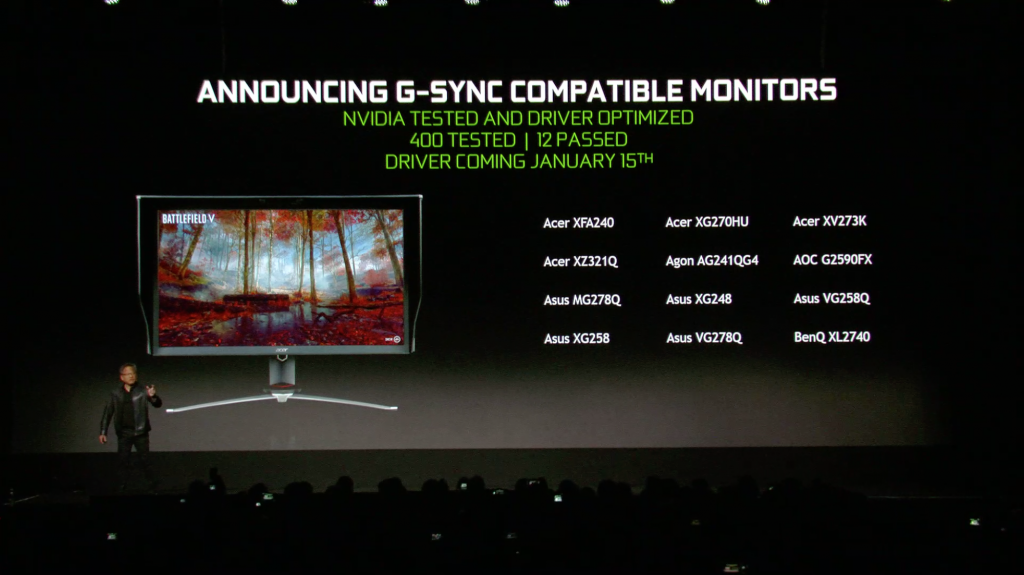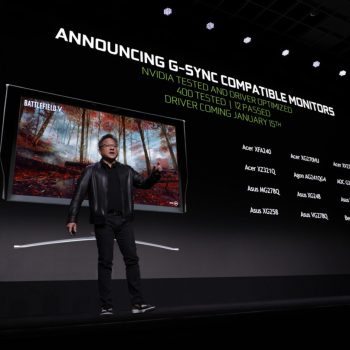
One of the crucial parts for any gaming PC is the monitor. Choosing AMD or Nvidia always meant going either FreeSync or G-Sync. AMD’s version of the variable refresh technology was royalty free and meant monitor manufacturers could implement it without handing over money to AMD. Nvidia on the other hand wanted more control over their version and as such G-Sync hardware game at a price, and of course that extra cost was passed onto the consumer and went to Nvidia.
It has always been known that G-Sync monitors came with a larger price tag compared to their mostly identical FreeSync counterparts. That being said, G-Sync has always been known to be one of the better versions, with FreeSync 2 arriving to offer a bit more reassurance by bringing in a form of certification to new monitors. Nvidia simply made sure manufactures met certain conditions to enable G-Sync. Either way, consumers had to choose a direction. An AMD GPU meant only FreeSync, and Nvidia GPU meant only G-Sync.
That has pretty much changed for the better now. During CES 2019, Nvidia announced that they have tested over 400 monitors and have certified 12 FreeSync monitors as G-Sync capable and will be releasing drivers on January 15h to enable support for G-Sync on those said monitors.

What’s more, Nvidia aren’t ignoring the other 400 tested monitors or even the rest of the untested ones, and will also allow users to enable G-Sync on them if they so choose. They did note that G-Sync may not work well, or at all in those cases. Basically Nvidia have finally realized that their on many consumers out there with FreeSync monitors that aren’t interested in Nvidia GPU’s because of lack of support.
This is a big move on Nvidia’s part and absolutely beneficial for consumers. Something most have wanted for a very long time, and may also bring prices of G-Sync monitors more in line with their FreeSync Counterparts, but maybe not, since that may mean less money for Nvidia.
It’s clear that Nvidia had to make this move, since FreeSync and in general the VESA standard in which FreeSync is based on is moving outside of the PC gaming world and hitting TV’s. Obviously the free and open standard will reach farther than the costly one, and as such Nvidia had to make a move or be left not supporting a wide and open technology.
